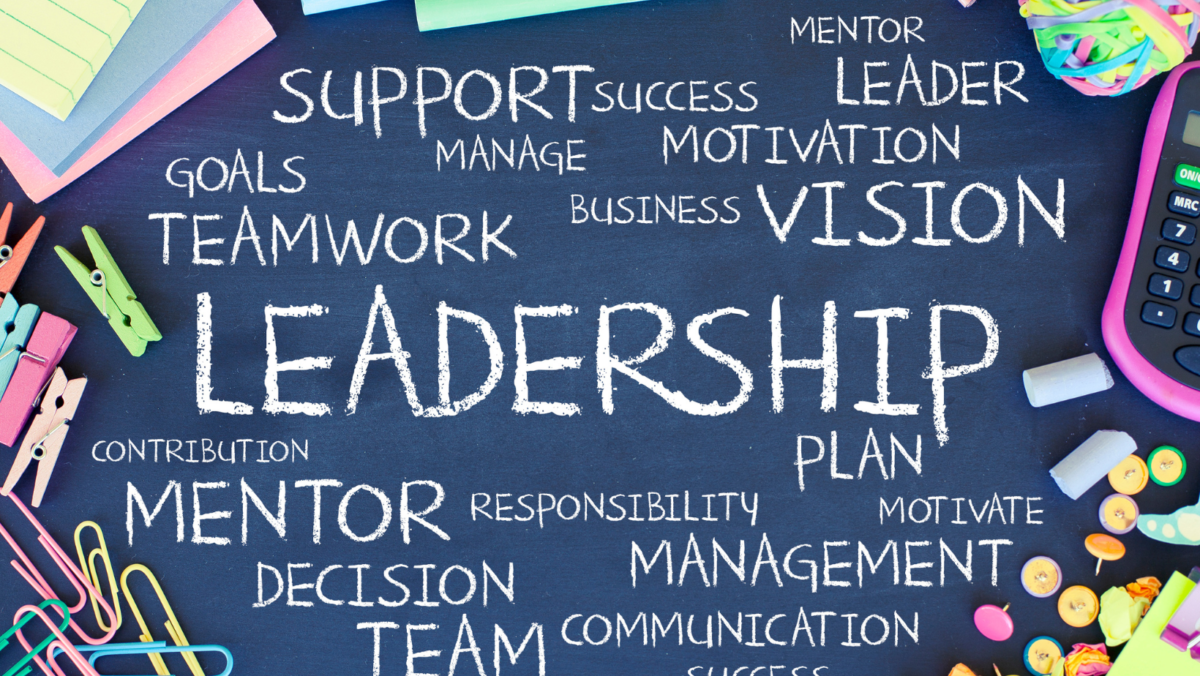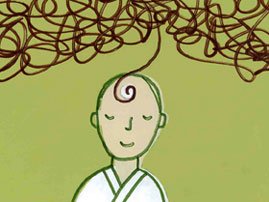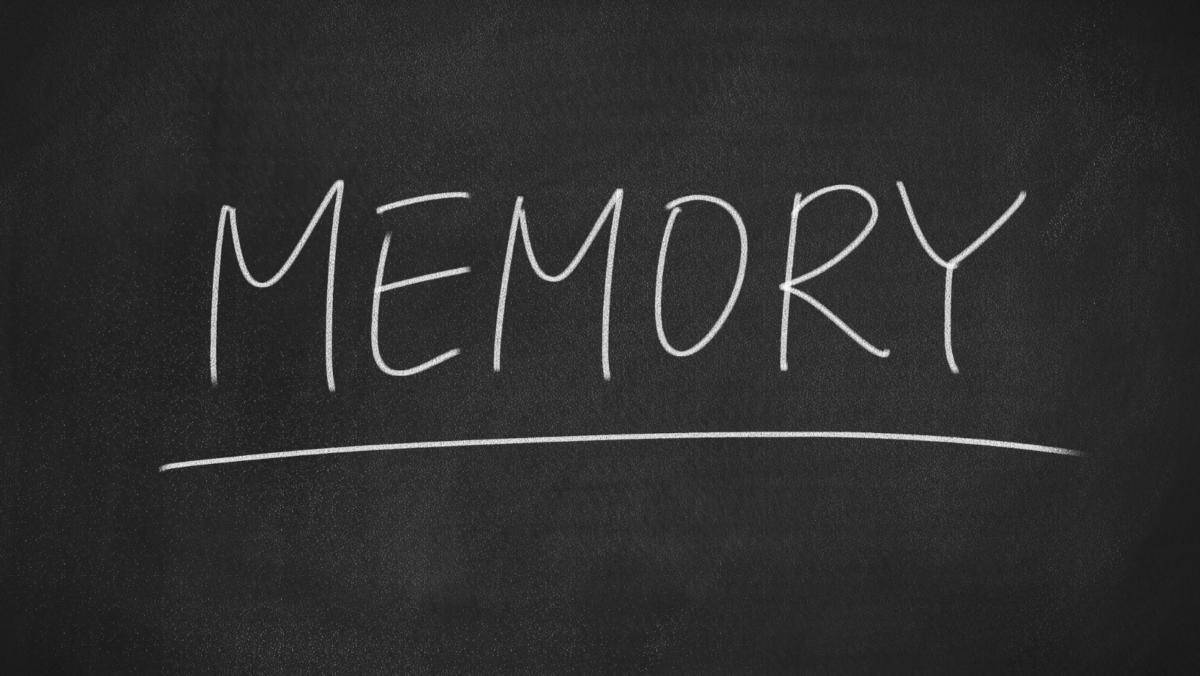Updated July 28th 2023
Mindset is a two-way street
Did you wake up today feeling good about yourself, looking forward to the day and life in general? Or did you wake up thinking ‘here we go again’, ‘I hate the traffic’ ‘I hate my boss’ etc?
How you feel about yourself and your life, whether you are negative, unhappy, de-motivated or on the other hand positive, happy, motivated has an impact on your ability to learn and change habits.
When we feel good; thinking, making decisions and taking action in pursuing goals require less effort.
If you have read step no.4 ‘Memory’ in our series of 7 Steps to Learning blogs, you will know how important memory is for creating habit change.
When we feel positive we are more likely to be able to pull on good memories. When we feel negative, things couldn’t get much worse for our memory; Not only are we more likely to access more negative memories, but these negative memories get in the way of accessing positive memories which in turn can interfere with getting that dopamine flowing!
Brain plasticity is a two-way street. We can drive brain change positively or negatively.
If you have read Maureen Gaffney’s book ‘Flourish’ you will have come across the 5:1 ratio. We need 5 positives for every 1 negative in our thoughts, experiences, and feelings in order to thrive and flourish in life. As Maureen says, “If the balance remains at 3:1, three positives to one negative, you have achieved the minimum platform needed just to stay well and manage your life in an average way. If the ratio falls below 3:1, and stays down, however, you are tipped into a downward spiral from which it is hard to escape. This is when someone becomes depressed; when a relationship enters a new, destructive state; or when a team or an organisation becomes dysfunctional.”
Unwanted bad habits continue because the brain has hard-wired itself through years of repeated behaviour. We must literally tell our brain what we really want, and not what we don’t want! As discussed in earlier blogs; to create change, we must literally rewire the brain!
It’s up to you which way you want to wire it, towards the negative or towards the positive; towards the ‘I can’t do’ vs. ‘I can do’, towards the “I am a victim of circumstances’ vs. ‘I am the master of my own universe’.
In every moment of every day, we have a choice. We often just don’t realise it, because our unconscious and our older parts of our brains exert so much control over how we behave.
Consider, in this moment, consciously, what do you have to be grateful for? Are you healthy? Do you have a job? Do you ever get to go out for dinner or to go on holidays? If you have any or all of these, you have more than many hundreds of thousands of people around the world and more than many in your own village, town, and city.
Research in Positive Psychology repeatedly finds that those who remind themselves every day what they are grateful for are happier and more positive. So if you are going to do nothing else to support your mission of making some changes, start by doing this. I personally list off three things in my head, that I am grateful for every morning, as soon as I wake up. It’s a nice and ultimately powerful way to start the day. Do it every morning for a few weeks and smile at the same time (even if it pains you to do so) and let us know what positive changes you have seen in your life.
This brings us to the end of our 7 Steps to Learning blogs. However, as the great Mel Blanc wrote in his account of the making of Bugs Bunny, ‘That’s Not All Folks!’. There are 5 ingredients necessary to support these 7 steps. If you are looking to create real and lasting change, keep posted for more….
Seasons Greetings to you all and we look forward to an amazing 2015 helping you put these 7 Steps into practice. Happy Holidays from all at Adaptas.











